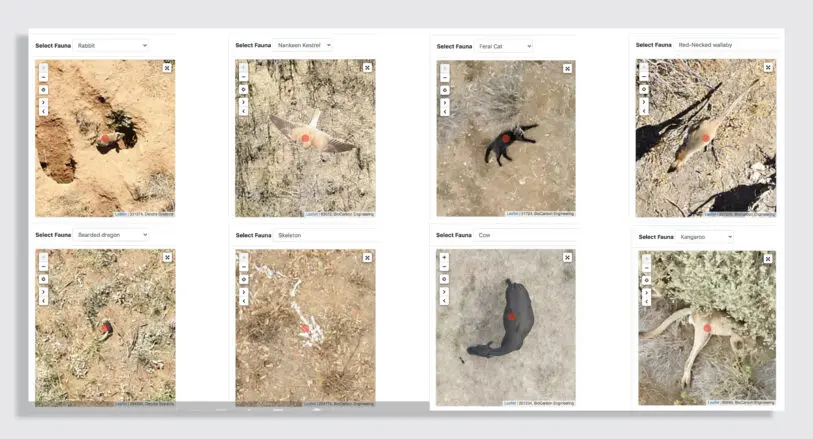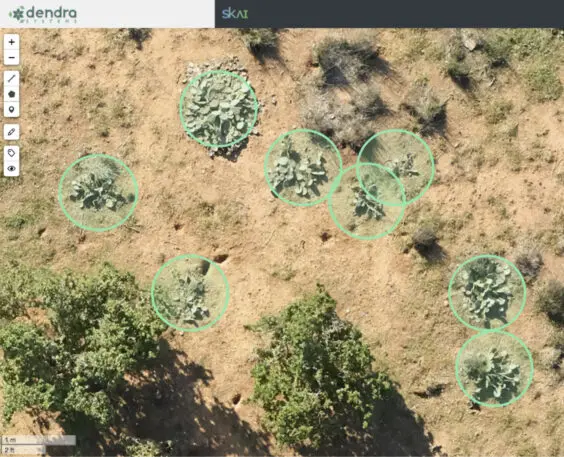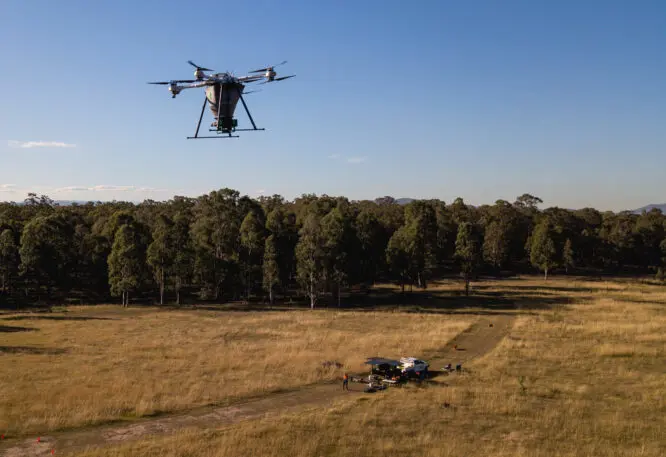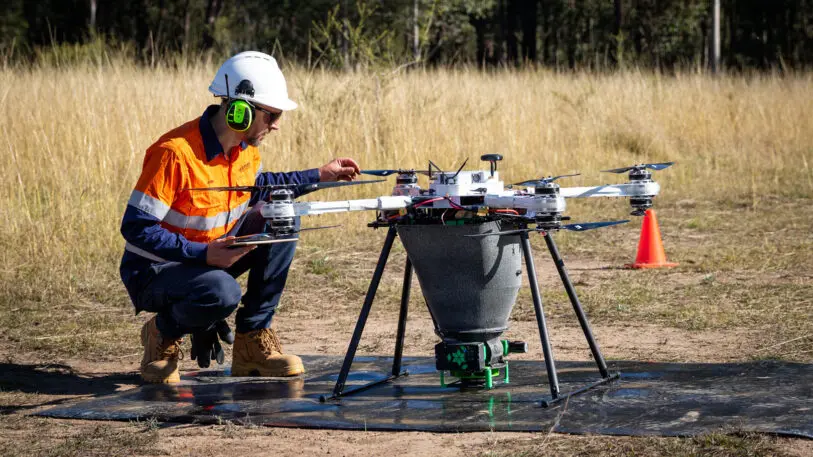On a recent afternoon on former farmland in New South Wales, Australia, drones flew over the ground gathering data about the trees and plants now growing on the land—a restored ecosystem that was itself planted by drones.
Dendra Systems, the startup that designed the technology and approach, raised $10 million in a Series A round today to expand its work tackling land degradation. Around the world, humans have cleared around 2 billion hectares of forest in the last several centuries, creating an area of degraded land roughly the size of Australia. “What we’re building today is really the full toolkit that you need to restore ecosystems,” says Susan Graham, Dendra’s CEO.



Using the baseline data before planting, Dendra can then continue returning to a site to track progress. “We can monitor each year and we can see all of the different native species starting to grow up,” Graham says. “We can also see the invasive species down to each individual plant, which means that they can come in and control those as quickly as possible.” The company first started planting via drone in 2014 (under the name of Biocarbon Engineering); in portions of some of its early sites, trees are now large enough that they’re beginning to blend into native areas. “When you’re standing at a site that you’re about to restore, when you look ahead of you, you have this barren landscape,” she says. “And then if you turn just 180 degrees and look behind you, you can see what you’ve done in the previous years. When you keep looking beyond that, you can see an area that you don’t know whether it’s native or not from that distance. It just looks like a woodland.”

Since it launched, the company says it has planted 8.67 million seeds across hundreds of hectares, both in Australia and elsewhere. With the new investment, it plans to continue to expand, including in North America, as quickly as possible. “We’ve got 2 billion hectares of degraded land, carbon dioxide in the atmosphere is still increasing, and we’re still losing biodiversity at a rate that is estimated to be more than 10 times higher than it’s been in the last 10 million years, which just gets me every time,” Graham says. “And so, we’re spurred on by these things.”
Recognize your brand’s excellence by applying to this year’s Brands That Matter Awards before the early-rate deadline, May 3.
